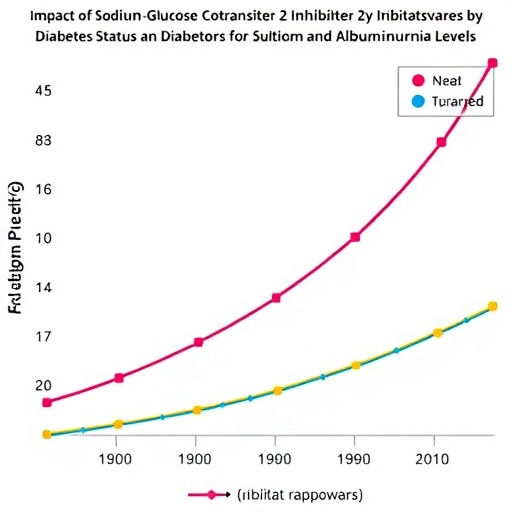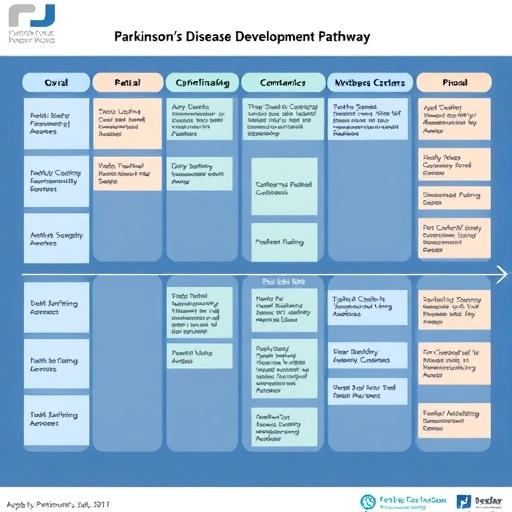
Credit: Children's Hospital of Philadelphia
Among patients who undergo childhood heart surgery for the severe birth defect single-ventricle disease, two-thirds of survivors require a surgical or catheter-based procedure within 20 years. Pediatric cardiology researchers note that doctors should counsel families about the likelihood of re-interventions.
"Unfortunately, for many patients, the Fontan is not the final intervention," said study leader Andrew Glatz, MD MSCE, referring to the Fontan operation, the third in a series of reconstructive operations performed on children with a severely underdeveloped ventricle, one of the heart's two pumping chambers. Glatz is a pediatric interventional cardiologist in the Cardiac Center at Children's Hospital of Philadelphia (CHOP).
Glatz and colleagues published their study on September 1, 2017 in Circulation: Cardiovascular Interventions. Other key members of the study team include Tacy Downing, MD and Kiona Allen, MD (both were pediatric cardiology fellows at CHOP during the work); and David Goldberg, MD and William Gaynor, MD (current faculty members in the Cardiac Center at CHOP).
The study team performed a retrospective review of 773 patients who underwent the Fontan operation at CHOP between 1992 and 2009.
Although the Fontan procedure offers high survival rates for a condition that previously was universally fatal during infancy, it cannot provide normal blood circulation, and carries long-term risks of complications that continue to be analyzed. Clinicians and researchers were aware of the need for re-interventions in long-term Fontan survivors, but there was little detailed knowledge of re-intervention rates until now.
In the current study, the researchers found that 65 percent of Fontan survivors underwent a re-intervention by 20 years after their operation, with a median time to first re-intervention slightly less than 10 years. The re-interventions were either operations or catheterizations, with catheterizations being more common — often to close unwanted openings or to widen narrowed blood vessels. Among operations, the most common were to place or revise a pacemaker.
"The important message from this work is that, for many patients, the Fontan operation is not the 'final' procedure, as it is sometimes referred to. Instead, many patients require further interventions after the Fontan to continue to try to optimize the circulation as best as possible. It's important for families and doctors to understand this, so expectations are clear. This also highlights the need for close and careful ongoing follow-up after the Fontan operation by pediatric cardiologists familiar with potential complications that could befall a Fontan patient," said Glatz.
###
Tacy Downing, MD is now an interventional and adult congenital cardiologist at Nicklaus Children's Hospital and Kiona Allen MD, a pediatric cardiac intensivist at Ann & Robert H. Lurie Children's Hospital.
Tacy E. Downing, et al "Surgical and Catheter-based Re-Interventions Are Common in Long-Term Survivors of the Fontan Operation" Circulation: Cardiovascular Interventions, September 1, 2017. doi: 10.1161/CIRCINTERVENTIONS.116.004924.
About Children's Hospital of Philadelphia: Children's Hospital of Philadelphia was founded in 1855 as the nation's first pediatric hospital. Through its long-standing commitment to providing exceptional patient care, training new generations of pediatric healthcare professionals, and pioneering major research initiatives, Children's Hospital has fostered many discoveries that have benefited children worldwide. Its pediatric research program is among the largest in the country. In addition, its unique family-centered care and public service programs have brought the 546-bed hospital recognition as a leading advocate for children and adolescents. For more information, visit http://www.chop.edu
Media Contact
Joey McCool Ryan
[email protected]
267-426-6070
@chop_research
http://www.chop.edu
Related Journal Article
http://dx.doi.org/10.1161/CIRCINTERVENTIONS.116.004924





